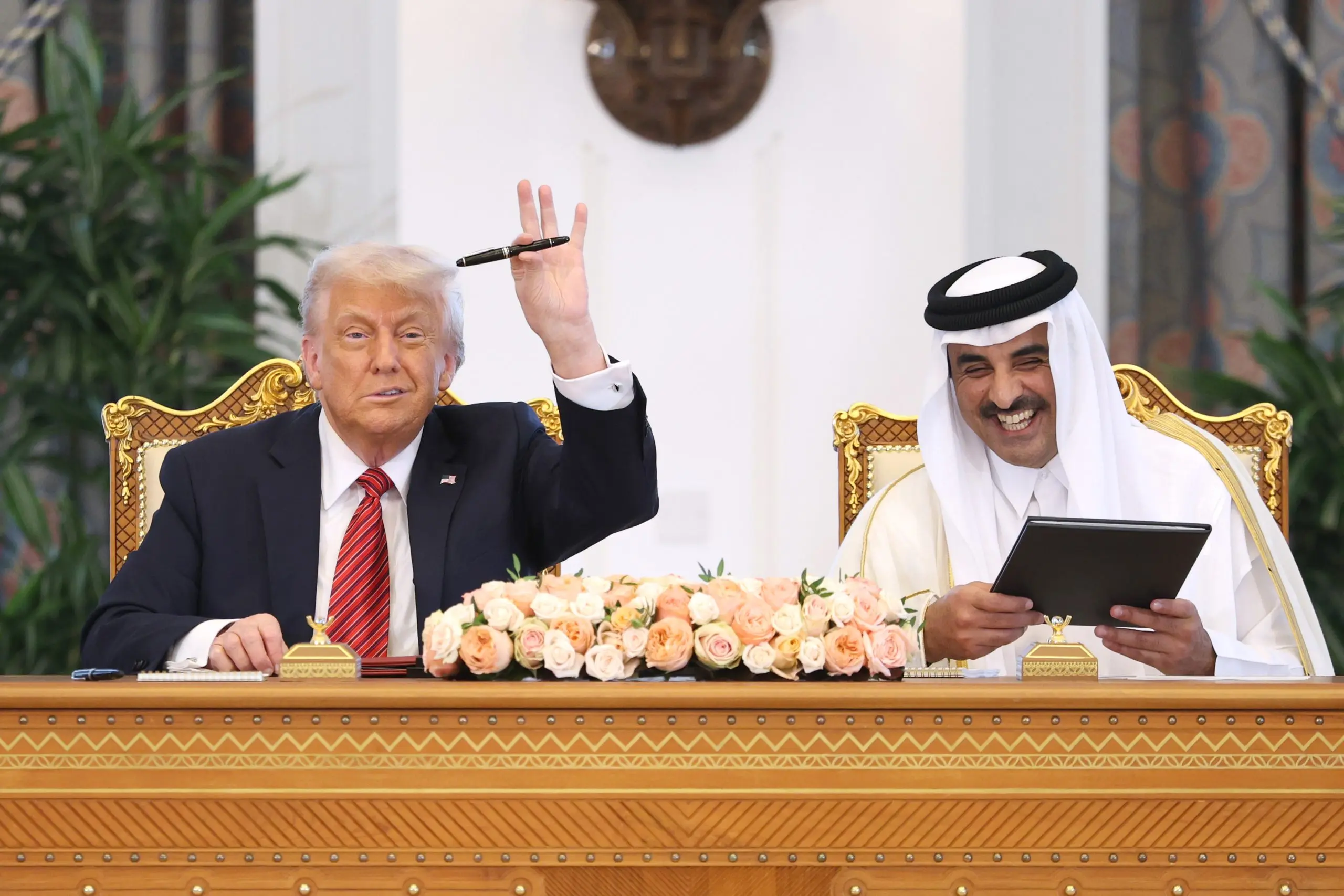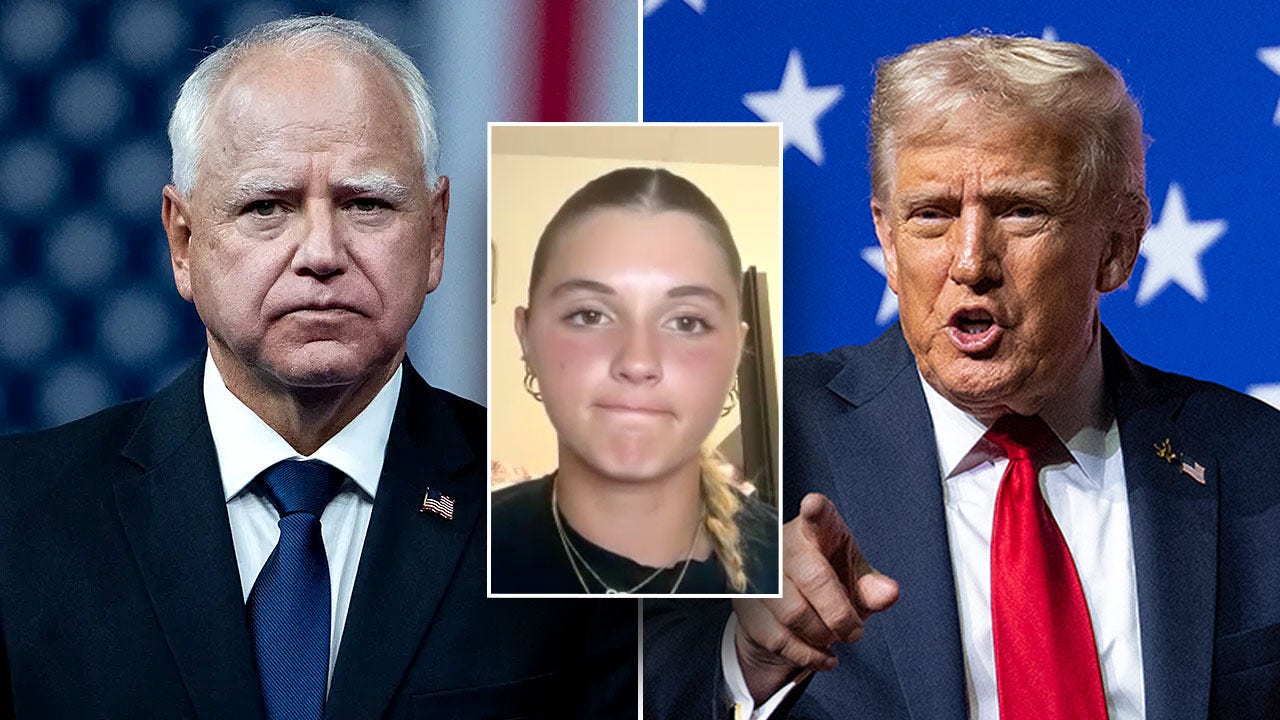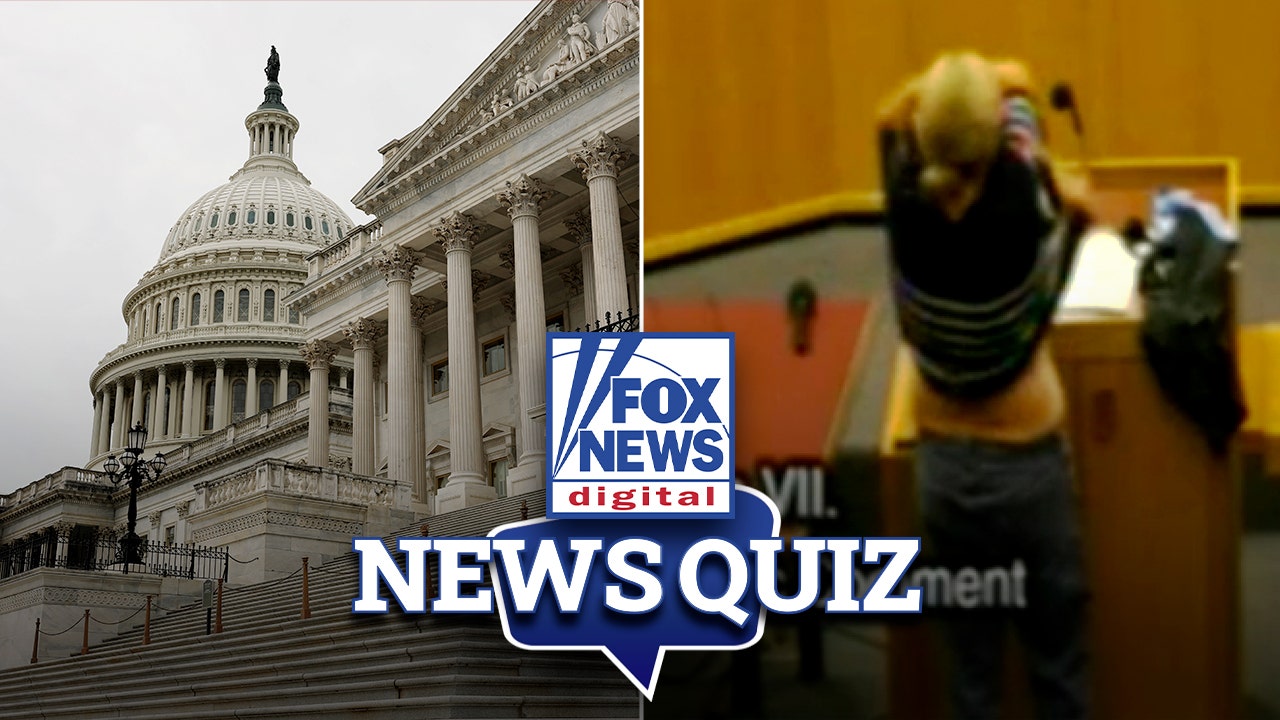A showgirl doesn’t have to deal with tariffs.
The Trump administration’s tariffs took effect on Friday, August 29, revoking the “de minimis” exemption, which once allowed billions of small shipments to be imported into the US without charges.
But one exception survived — and it’s music to the ears of Taylor Swift fans.
Physical copies of music, such as vinyl records, CDs and cassettes, have skirted the restrictions, thanks to a Cold War–era loophole known as the Berman Amendment to the International Emergency Economic Powers Act.
This means fans who purchase physical copies of Swift’s new “The Life of a Showgirl” album, which was released Friday, won’t face additional charges at the register.
The Act prevents US presidents from regulating the flow of “informational materials” — which includes music, books, and artwork.
“If vinyl had gotten tariffed, you could have possibly seen the price of a record going up to $40 and $50,” Berklee professor Ralph Jaccodine warned CNBC. “So, this is welcome news for people buying physical music.”
Vinyl is making one of the biggest comebacks in the music business. In the past five years, younger buyers and nostalgic collectors have fueled a resurgence. Today, vinyl discs make up nearly three-quarters of U.S. physical music revenue, a jump of nearly 20% since 2020, per the Recording Industry Association of America data.
With that much at stake, the tariff carve-out isn’t just a quirk — it’s critical.
“It is very encouraging and a bit of a relief that physical music formats have been classified as exempt to tariffs,” says Ryan Mitrovich, general manager of the Vinyl Alliance. Still, he warns, the trade environment is chaotic, and exemptions like this shouldn’t be taken for granted.
Labels are watching closely. Universal Music Group (UMG), which releases Taylor Swift’s records, saw a 9.6% revenue jump in Q2 2024 — partially due to a 14.4% surge in physical sales. Swift was a major driver: her last album moved 3.49 million combined copies.
This year, though, physical revenue dipped for UMG in its July report, and its stock plunged 24%. But analysts are eyeing Swift’s newest release as a comeback — some projections forecast over 1 million vinyl sales in the first week alone, potentially rewriting the market.
“Taylor Swift has a unique ability to drive the market through her decisions of what and how to release music,” Jaccodine said. “Swift’s release can and will likely cause a boom in the music business.”
It’s not all cheers in the industry. Some American vinyl manufacturers support tariff implementation — but not for consumer protection. They simply see it as a way to bolster U.S. production.
Alex Cushing, co‑founder of Dallas’s Hand Drawn Records and board member of the Vinyl Record Manufacturers Association, insists tariffs could boost domestic manufacturing and create jobs. His firm makes 2 million records annually with 60 employees, but says it lacks the capacity to handle Swift-level demand.
Most pressing: the raw materials (PVC, ink, etc.) are already tariffed, driving international production. GZ Media, the Czech‑based giant that presses one in four albums globally, makes many US records offshore. GZ CEO, Michal Štěrba, argues tariffs would inevitably raise prices for consumers.
And Cushing agrees. However, his view is that tariffs could redirect smaller artists’ manufacturing back to U.S. plants, given that domestic production isn’t currently built for scale.
For musicians, physical sales still often outperform streaming revenue. On streaming platforms, artists typically earn between $0.003–$0.005 per stream, whereas physical record sales can pay royalty rates of 10–25%. That makes vinyl, CD, and cassettes a major income engine.
“Unless you are just a handful of musicians, you basically are not making enough money from streaming to sustain,” Jaccodine said. “For artists large and small, merchandise like records, CDs, cassettes, hats, hoodies and ticket sales are the bread and butter.”
And that matters: Taylor Swift’s Eras Tour alone made over $2 billion in tickets, while streaming brought in $200 –$400 million — but physical sales remain a critical pillar of an artist’s revenue stack.
In a survey by UK-based Key Production, nearly 60% of 18 – 24-year-olds said they listen to physical music — the highest among age groups. On TikTok, “vinyl hauls” rack up millions of views, and rare colored-variant LPs spark #FOMO buying frenzies.
Industry insiders say this is a rebellion against digital ephemerality: owning a physical object feels real, permanent — not just streaming metadata.
“So many groups are on their screens paying fees to have access to content but do not ever actually own anything, so this gives them physical ownership,” Cushing said. “Vinyl is counter to all the ease of modern music listening and that’s why people want it.”
Swift is the queen of the variant game: 36 versions of her last album spanned all formats, including vinyl exclusives with unique art and bonus tracks.
That’s because every exclusive edition of a vinyl record, CD or cassette has the potential to generate millions. And her fans are here to pay up.
“As long as a vinyl stays under $75 for a new release, I feel like it is worth it. It’s like an addiction to getting these, but I love collecting them,” 24-year-old Tayra McDaniels told CNBC.
Read the full article here
















